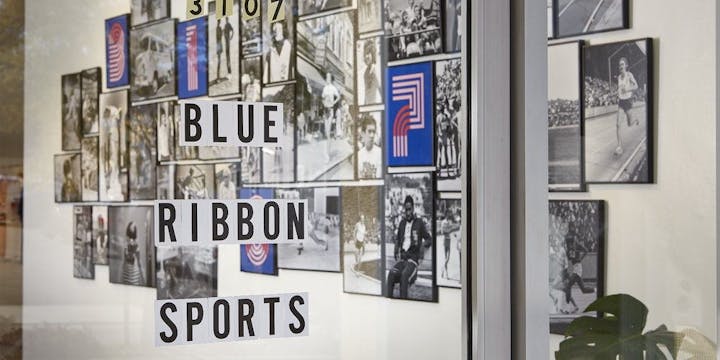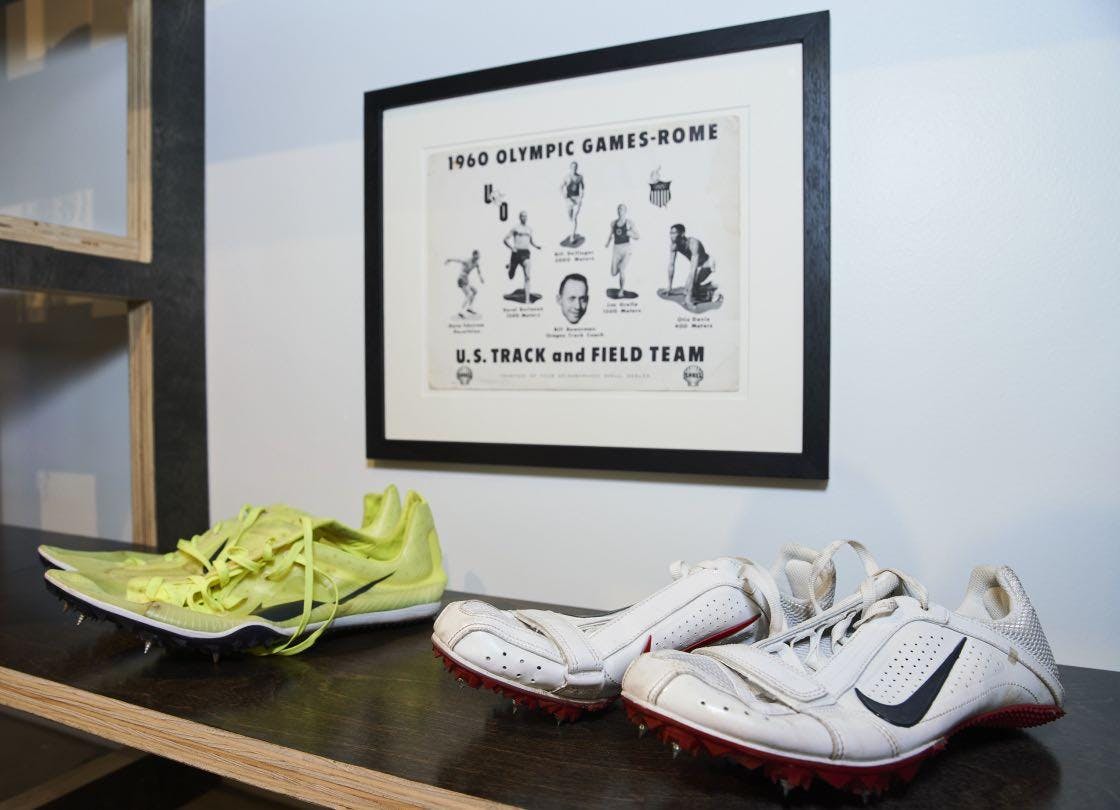3 X WAYS BRANDS TAP INTO HUMAN PSYCHOLOGY TO ENGAGE CONSUMERS
Lets be honest, talking to a robot or putting a VR headset on, wouldn’t be our idea of an engaging brand experience.
With our lives already consumed by technology both at work and at home, some of the most engaging experiences prove to be the simplest. We tend to resonate best with experiences that are analogue in nature and fit into our lives in fun and human ways.
Here are 3 x ways brands are appealing to our more basic human needs, desires and how our brain works.
1. SOCIAL AT HEART
REI Adventures
As humans we’re intrinsically motivated to be accepted and belong to a group. By belonging we feel as if we’re part of something much bigger and more important than ourselves.
Traditional subcultures like skaters, punks and gamers are making way for new groups, linked by brands or social issues they resonate with. Hypebeasts are linked by the brands they wear, vegans by the food they eat and environmentalists around the eco lifestyle they live.
In order to ride this wave, brands need to create physical spaces or moments that bring people together to rally behind a particular cause, activity or belief.
Recreational Equipment Inc. is looking beyond the store as just a place to hang merchandise. In fact, it’s looking beyond the store altogether.

For many years REI has been building climbing walls and other outdoor test zones in its successful retail spaces, but now they are leveraging the ultimate experience. REI Adventures is a back-country travel company where consumers can use REI gear in the hands of seasoned guides on real trips.

It’s the perfect way for REI to gather a group of people around their purpose and products. No store experience can compete with the great outdoors, so why try?

With over 350,000 consumers using REI Adventures every year, REI is nurturing a dedicated audience they can talk to directly without distraction doing what they all love doing best. For them at least, it’s the perfect sales environment.
Website - www.rei.com/adventures
2. MEMORY ENCODING
Snark Park, Hudson Yards
One phenomenon we love is called the Bizarreness Effect. This describes the tendency people have to recall bizarre, surprising and uncommon material quicker and more easily than the common and expected.
This is related to the Von Restorff Effect that predicts when multiple items are presented together, the one that differs from the rest is more likely to be remembered.
Here’s a simple way to test this, read the following list of words – desk, chair, bed, table, chipmunk, dresser, stool, couch. Chipmunk will be remembered the most as it stands out against the other words.
In other words, being weird and distinctive increases the likelihood of recall, recognition and rememberability.
The more we create brand experiences that are out of the ordinary and even slightly weird, the more likely they are to stick in people’s mind.
This month, the much criticised $25 billion Hudsons Yard retail development sees design and architecture collab Snarkitecture take their first physical space with a plan to use it as a laboratory for their ideas.


Snark Park will host a programme of 4 month-long installations where visitors can come to discover something out of the ordinary.
"The idea is that while you're in here, you're finding things that aren't what they appear, or aren't like the other things," said Snarkitecture partner Ben Porto. "It's really about exploration and discovery, and hopefully a little bit of getting lost."

Within the context of Hudsons Yard, which some say is “all shine and no substance” (architecture critic Alan G Brake), we can’t help but think that the analogue, tactile and not-so-serious weirdness of Snark Park is what makes it stand out. Its exactly what makes it memorable.
3. PERSONALITY AND ATTRACTION
Blue Ribbon Sports
Most people are attracted to those who display similar traits to themselves.
Psychiatrist Carl Jung introduced the idea of personality archetypes which categorise people as a product of their behaviour, attitude and motivations.
We can think of brand experiences in this way too if we understand our target audience.
This year saw the return of the Blue Ribbon Sports brand to the original shop where the story of Nike first started. BRS later renamed Nike was originally a brand for runners by runners, and this space shows a continuation of this focus.

As a Nike Plus member, consumers have access to 3107 Pico Boulevard, part store, part library, part exhibit, part 3rdspace hangout. It’s an informal club for runners to meet and talk every Saturday from 2-4pm, just as Bill Bowerman, Phil Knight and Jeff Johnson first intended.

This is a project that doesn’t come from the familiar Nike brand Archetype at all, which is where it succeeds in connecting with those who wear the brand and share its winning ideals, but don’t fit the broader Nike persona.

BRS is an introverted thoughtful shrine to running that speaks from a place of grass roots sport.
Nike is building relationships and trust by behaving in different ways to satisfy niche consumer groups.
SEEN has been compiled this month by our guest-editor and LOVE Creative Director, Russell Ashdown.
Want to say help, ask questions or challenge his cultural knowledge? Get in touch – hello@lovecreative.com.